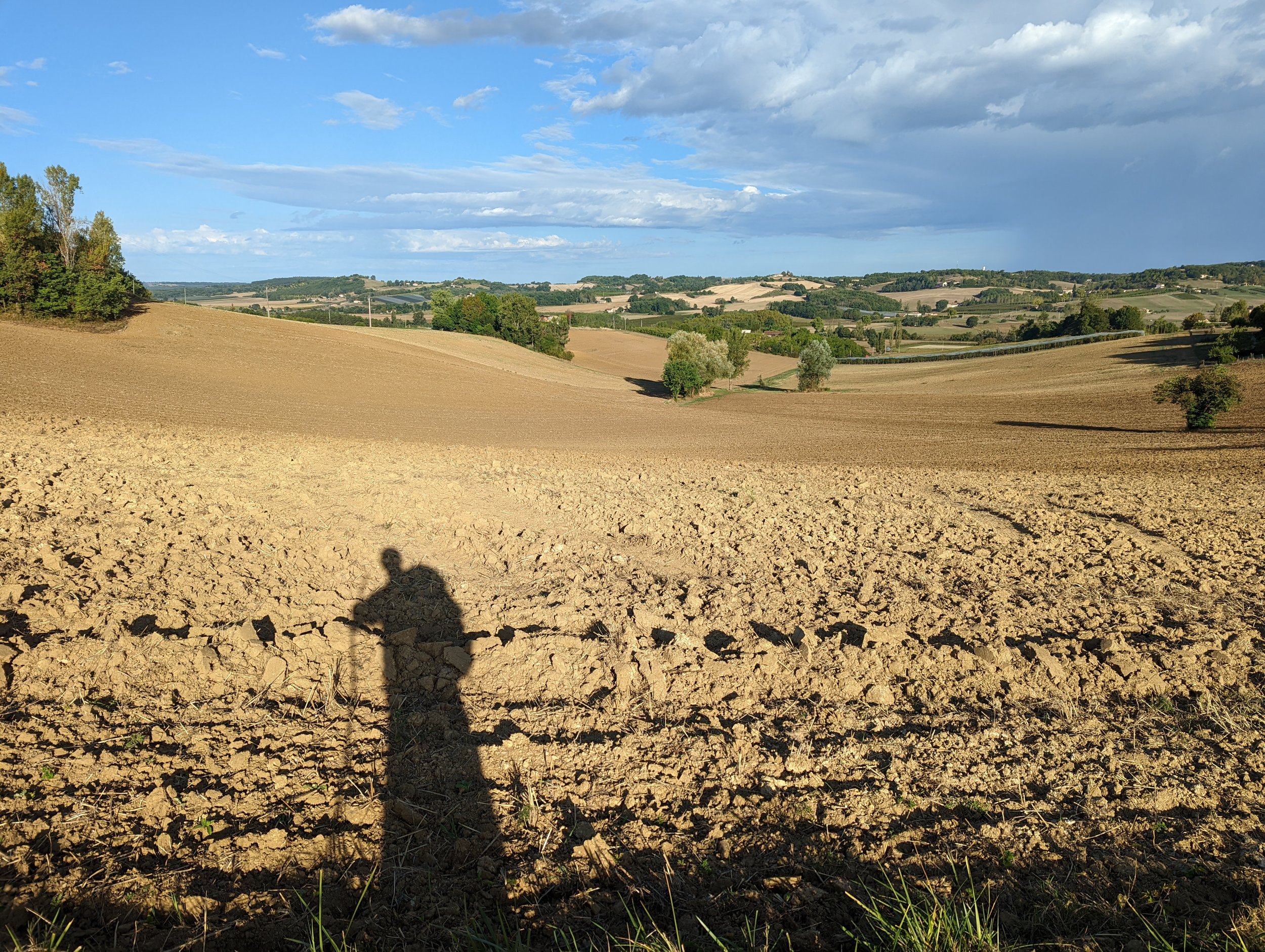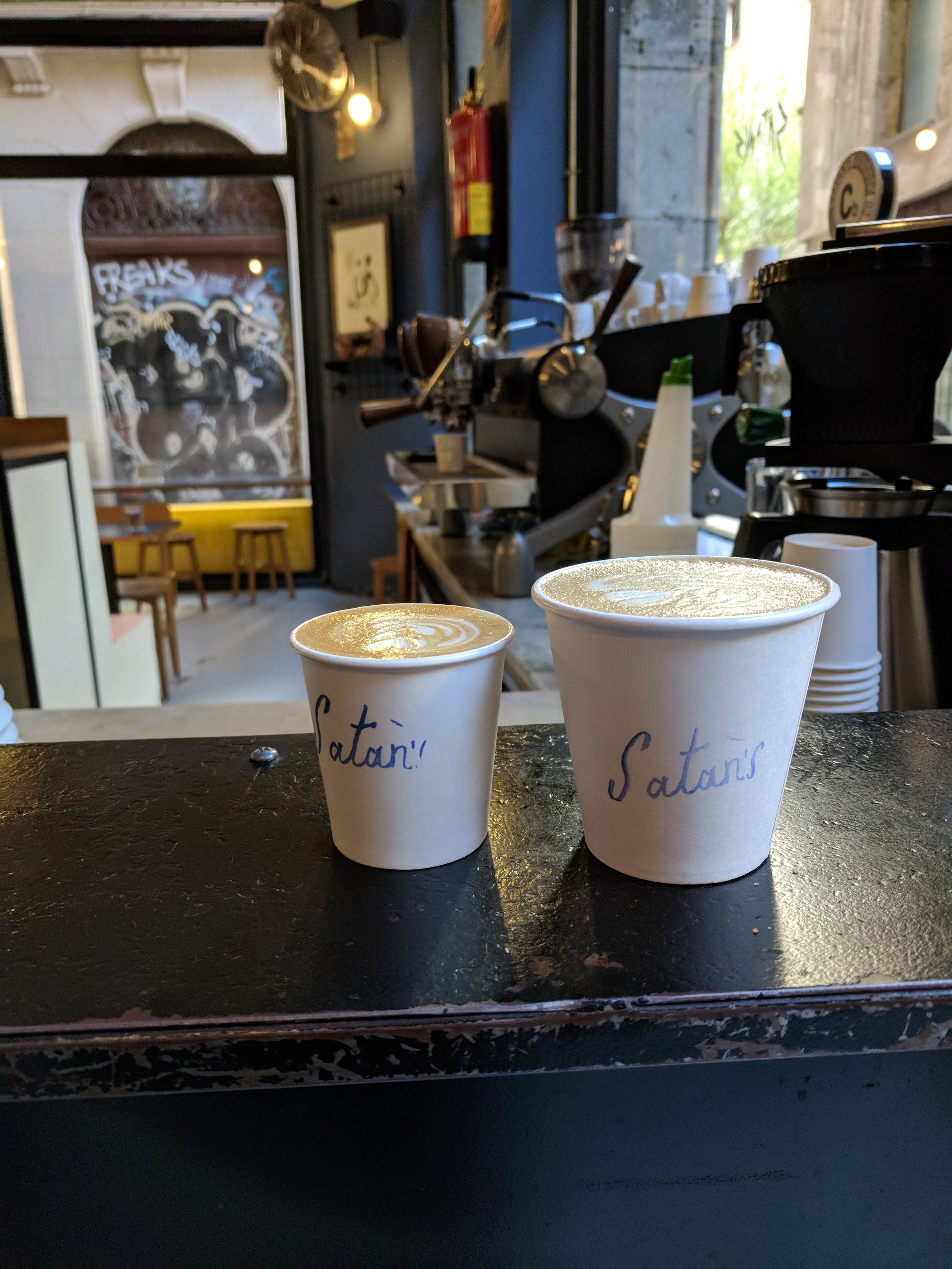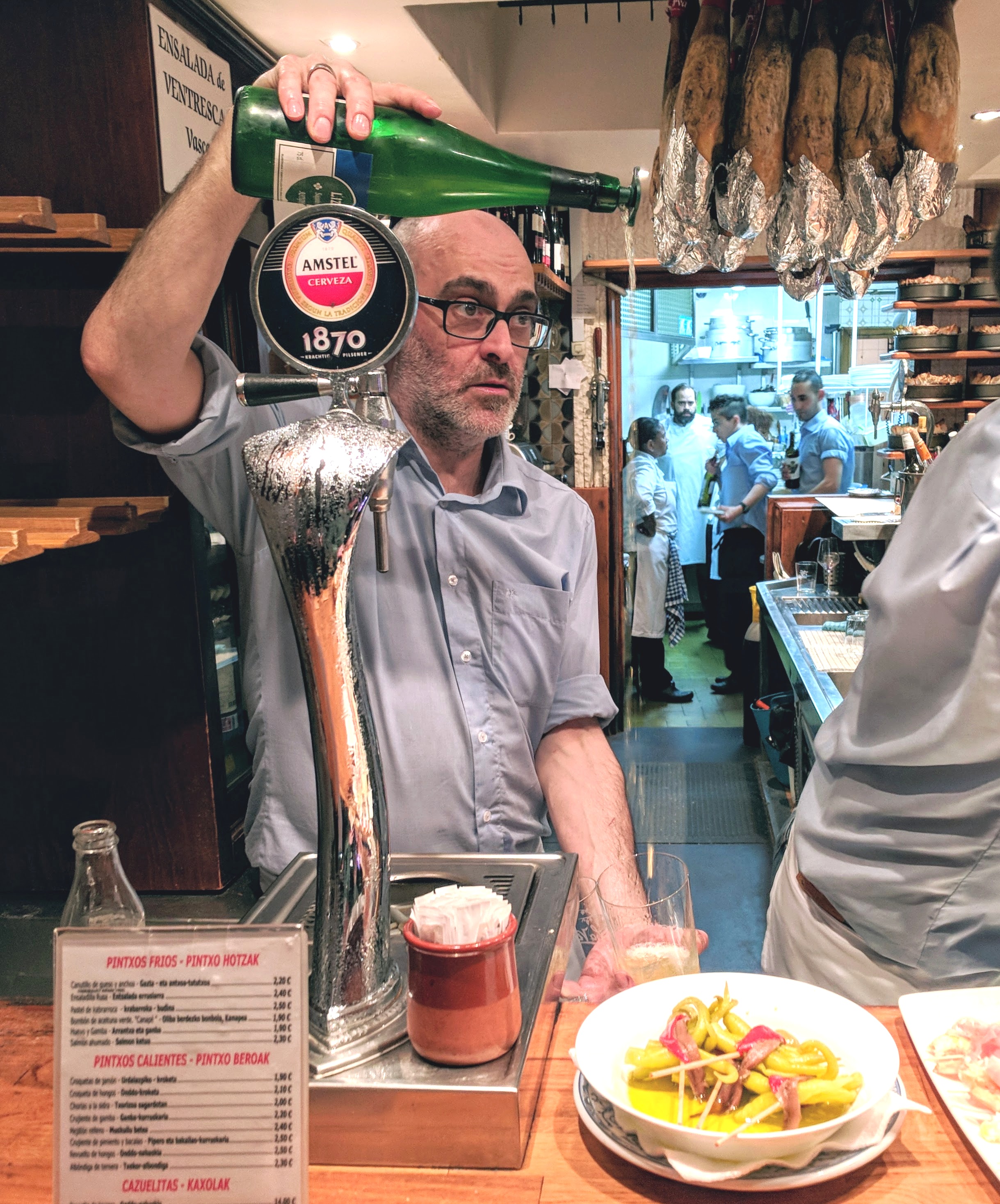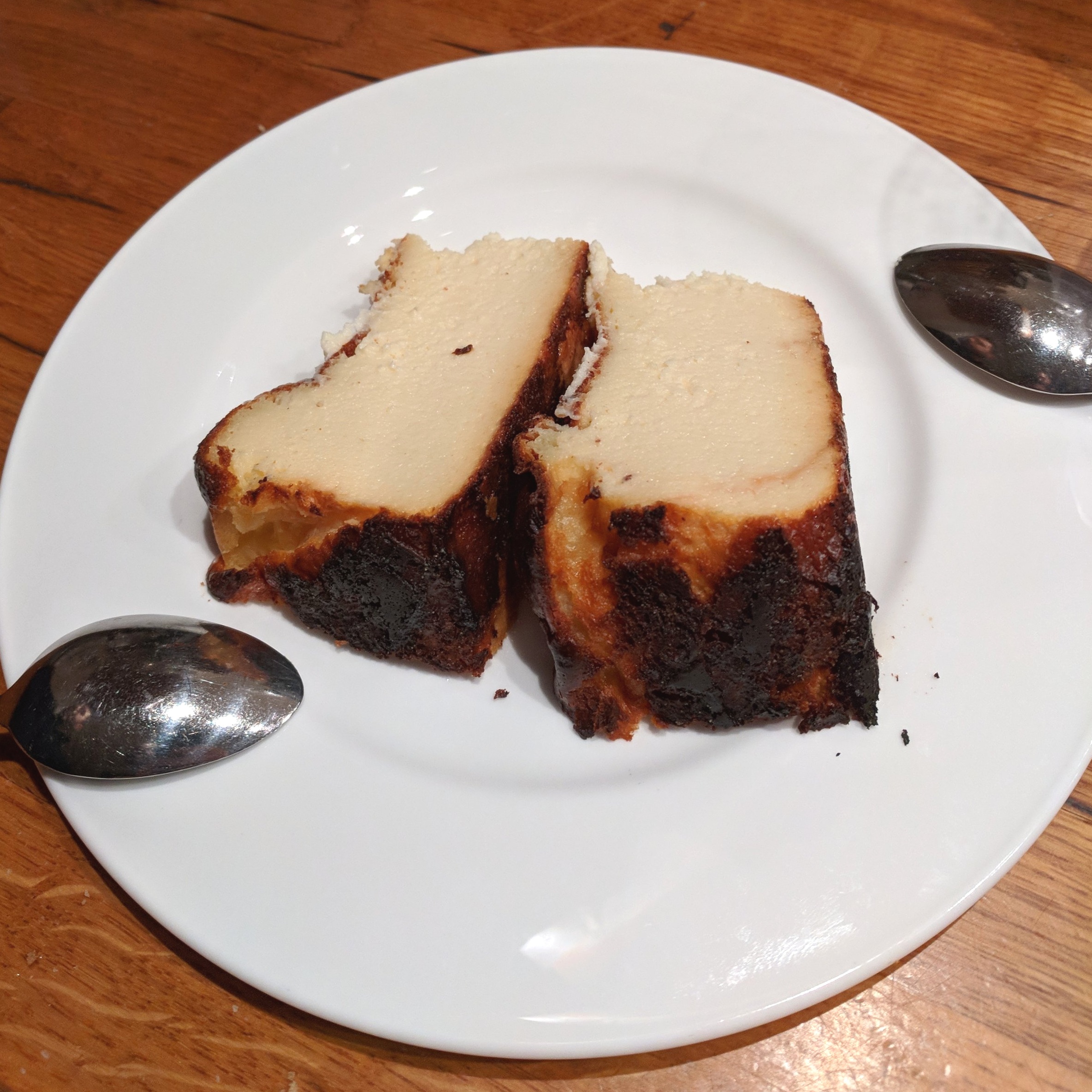The Ultimate Packing List for Walking the Camino de Santiago
/If you are planning to walk on the Camino de Santiago, you must inevitably create a shopping and packing list. I did this over the summer as I prepared for a solo September walk on the Via Podiensis Camino across southern France. Every item you carry should be considered with discretion because it’s not just about utility, but also the collective weight on your back (and joints and feet) that will help determine the ease in which you’ll walk hundreds of miles.
You should aim to bring everything you think you will actually need and nothing more. But, keep in mind you will likely forget something essential and need to buy it during your first days in Europe. Don’t worry– you will easily find it there. Additionally, if this is your first Camino, you will be tempted to bring too many items and may need to ditch something along the way. Prepare yourself mentally and financially for this inevitability.
THE LIST:
Edited post-Camino to include just essentials.
✅ Backpack: 35-40 L size hiking bag
✅ Trail / Hiking Shoes: be sure to buy one size up from your normal shoe– your toes should not touch the end. I like the Altra or Hoka brands.
✅ Sandals: This is an absolute must. You must leave your trail shoes in the entry of most hostels, so having the sandals both gives you something to wear in the evenings to dinner but also provides feet a needed break from your day shoes. I recommend Teva or Bedrock brands.
✅ Lightweight Hiking Pants: 1 pair with or without detachable shorts. I personally dislike convertible pants as they tend to be cut awkwardly large around the knee to accommodate the zipper.
✅ 2 x Hiking Shorts: I used Patagonia’s 8” Trail Shorts and plan to continue using them.
✅ 4 x Hiking Socks: I love the Darn Tough brand, made in Vermont.
✅ 4 x Underwear: I recommend Outdoor Research’s Men’s Boxer Briefs.
✅ 3 x T-Shirts: made of quick-dry athletic material.
✅ Long Sleeve Shirt: made of thermal/ technical material. I ended up using the REI Co-op Active Pursuits Quarter-Zip Shirt. I would wear it every chilly morning and it was stretchy and easy to strip off when things warmed up. I never used my other long-sleeve shirt on my trip, but would have if I did my walk in colder months.
✅ Lightweight Rain Jacket: or a poncho
✅ Lightweight Jacket : This is for any surprise chilly weather, and could be a light puffer or fleece jacket. If walking May - September you can skip this item. I never used mine and regretted taking it, as the rain jacket could be used instead, layered with a long-sleeve top.
✅ Sun Hat: I used the REI Co-op Sahara Cap with built-in neck cape for sun protection. You will be walking west so the sun is often just behind you! This ended up being an essential item.
✅ Small Packable Daypack: This is a practical item that can add very little weight to your pack. I bought a 4oz , 18L Naturehike bag and used it to carry things around anytime I wasn’t on the trail. This also works great as a personal bag for air travel and rest days.
✅ Toiletry Bag: I liked the small one from LL Bean with just the right amount of pockets and a hanging hook option.
✅ 3 - 4 x Travel Bottles: for all liquids you bring. This should be a 3.4 oz size to comply with air travel requirements.
✅ Shampoo: put in a travel bottle
✅ Body Soap: put in a travel bottle
✅ Face Cream with SPF: put in a travel bottle
✅ Toothbrush & Toothpaste: a 2.5 oz tube is the ideal size for a month
✅ Nail Clippers & Tweezers: you want to keep your toe nails trim.
✅ OTC Pain Medicines: acetaminophen and ibuprofen. I used these some evenings to treat general muscle pain, and more often toward the end of the trip when I developed shin splints.
✅ Band Aids: include various shapes and sizes for covering toe blisters
✅ Compeed / Moleskin / Tape: for blister care
✅ Sewing Kit (w/needle!): I used this to empty blisters and also to sew on Camino backpack patches!
✅ Foot Lubricant: prevents chafing and blisters inside socks. It seems to work, and I wish I used mine more.
✅ 3 x Ultralight Dry Sacks: I was so glad to have these as I used them to keep my clean clothes separate and protected, and to create order in my otherwise messy backpack.
✅ Water Bottle 1L: I used a collapsible one with a carabiner from Vapur.
✅ Quick Dry Towel
✅ 6 x Ziplock bags: for keeping small items dry like pills, bandaids, passports, etc.
✅ Twin Bed Sheet & Pillowcase: the bed sheet was enough for France, but I understand that in Spain it is better to have more mattress protection, so most bring a sleeping bag liner instead.
✅ Portable Charger: for cell phone backup power. I used Anker brand.
✅ Clothes Washing Detergent Strips: I used Breezeo and about 20 strips were enough for a month.
✅ Trail Guide / Map
✅ Essential Documents: printed itinerary, flight Info, copies of passport, etc
✅ Essential Cards: ATM card, credit card, driver's license
✅ Passport: must be valid for 6 months beyond your departure date.
✅ Pilgrim Passport: if you acquire prior to arrival in Europe, otherwise found easily in your departure city.
✅ Phone & Charger Cord
✅ 2 x Europe Converter Plugs : 2 small
OPTIONAL:
✅ Earphones
✅ Diary & Pen
✅ Eye Mask
✅ Earplugs
MORE ADVICE:
TOTAL PACK WEIGHT: The total weight of your full pack plus 1 liter of water should be 20-lbs, max. Mine was just over 20lbs and I had the heaviest bag of the folks I encountered on the trail. Do yourself a huge favor and fill up your bag and weigh it. What you think you’ll bring a few weeks prior to your trip almost never is what you actually end up walking with once reality sets in!
THE SHOES: I read countless Camino discussion forum musings on footwear preferences: mainly hiking boots, hiking shoes, and trail shoes (even hiking sandals!). Now, there are those who have personal requirements for ankle support, and those people should probably opt for hiking boots. On the other hand, there are those who feel more confident in their stability and choose the lighter trail shoe.
This choice was actually a difficult one for me. As an almost-fit man squarely between my youthful years and retirement age, I felt like I was taking a slight risk when I decided to bring uber light trail shoes (Altra Lone Peak 6). First of all, I had never purchased them before, and second, my long history of hiking had always included sturdy leather boots. Long story short, I was sold on the trail shoes because they allow the toes to splay and breathe better, which can result in blister prevention. I got a few blisters anyway, but was glad for the extra toe space and quick-drying material.
THE BACKPACK: Backpack selection is important. You likely already know that you should not bring a large and heavy camping pack. The Camino is a through-hike, meaning you will walk for weeks at a time and not for a short camping trip. Also, you will likely not be lugging a heavy tent, stove, and food supply, instead, you will pack as light as possible and get food and rest daily from establishments on route. For most, a 30-40L pack is ideal. You will want help from an expert at an outdoor store like REI, as it’s essential you find a pack that sits properly on your hips and shoulders to provide you with ideal weight distribution and support. Many Americans choose a lightweight Osprey backpack, but I also saw a few Gregory packs on the trail.
EVERYTHING ELSE: Selecting the various smaller items is what can be the fun part, and this is where creating the above checklist helped me not forget anything over several months of planning. I say it’s fun because I enjoyed tracking these all down over time, and where you can spend some time making choices based on your personal taste. There are many items to buy and thankfully most are somewhat inexpensive and therefore less heartbreaking if you have to lighten your load mid-Camino. It helped me to know there are sports shops in the larger towns along the Camino where countless people end up purchasing shoe inserts, replacement socks, knee braces, or shampoo. I discovered the selection and prices in France and Spain, at Decathlon for example, were totally reasonable, and in fact around half the cost of similar items in Seattle.
LIGHTWEIGHT & QUICK DRY MATERIALS: I constantly kept weight in mind while shopping, reading once that someone was so desperate to shave off weight during the camino, that they sawed off the handle of their toothbrush. This visual helped me as I left behind my favorite cotton shirts and underwear, packing instead nearly weightless synthetic versions. And of course I recommend you leave behind that hardcover copy of Eat, Pray, Love.
PILGRIM PASSPORT: Learning of this tradition was initially confusing, as I worried I would need to go through an awkward process akin to joining the Catholic church to be anointed pilgrim status. Eventually, I realized either the pilgrim passport can easily be purchased for a few dollars in your Camino town of departure, or you can even order one online beforehand. I received one for free from the American Pilgrims on the Camino organization, though it took a month for it to arrive. I ended up using one from my departure city in France because it felt more unique and authentic to the Camino I had chosen.
You may wonder how easy it will be to get passport stamps on a daily basis. Will you need to knock on ancient village church doors and beg? I will discuss this in a future article, but let me reassure you— it’s easy. You can always get a stamp at your evening place of sleep, even in most hotels, along with many other spots around each trail village, like tourist offices and cafes.
Is there anything missing from my list that you would have brought along? Let me know!










































